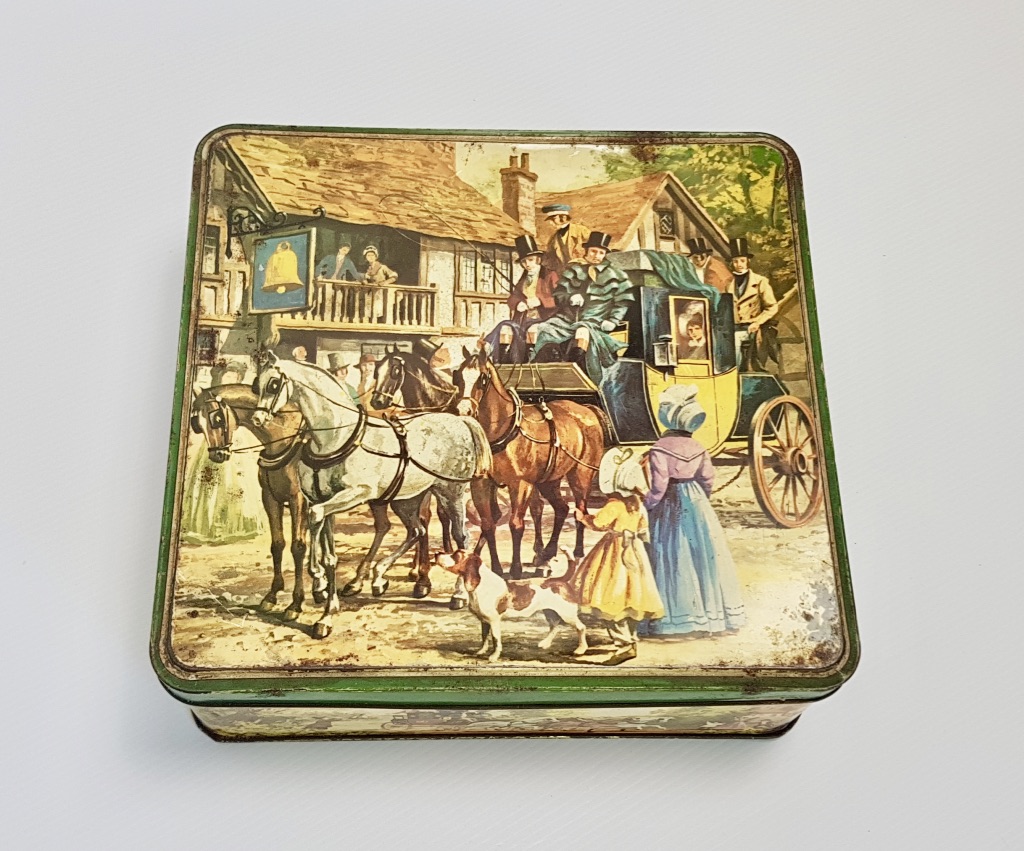
Do you have one of these lurking in a cupboard somewhere?
No, it’s not a relic from Grandma’s kitchen pantry, but it is Grandma’s…
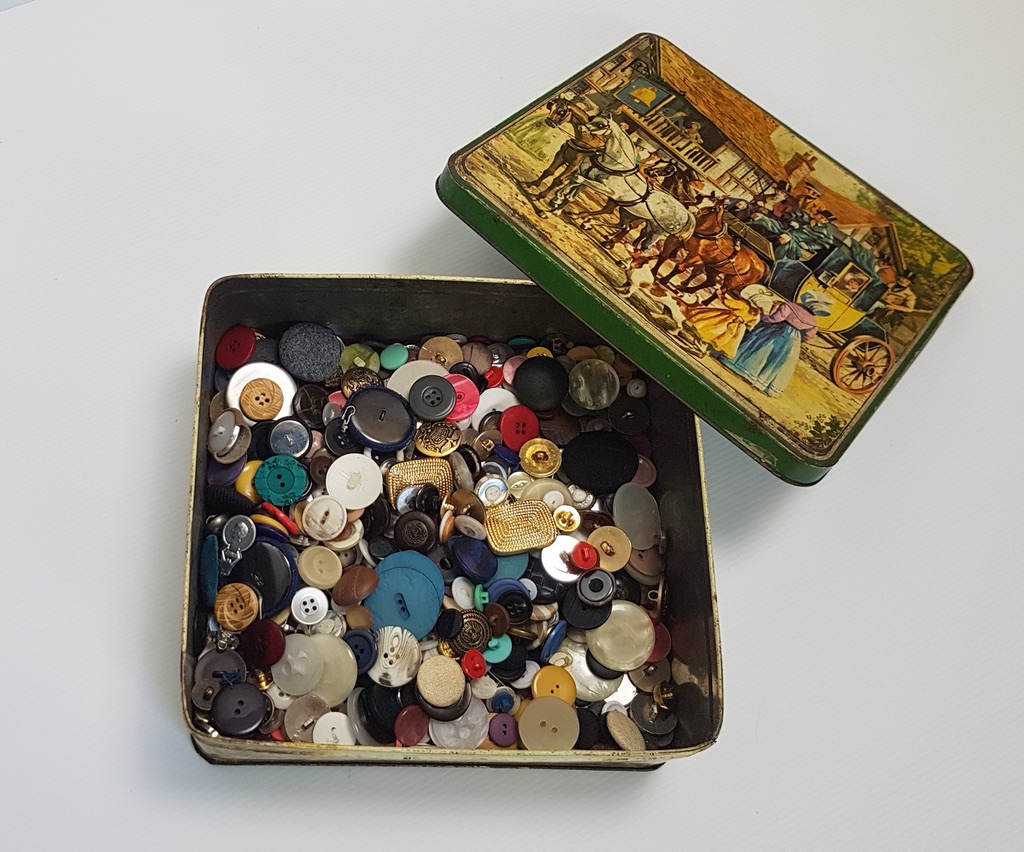
I have such fond memories of pouring over this tin as a young child. If you don’t have one, ask your Mum, Grandma, Aunty or neighbour – I am sure someone will have one. Button collections lend themselves to all sorts of activities – which all involve important skills.
Which Motor Skills are involved in sorting activities?
The child can be seated at a table, cross-legged on the floor, or even laying face down supporting the body on forearms or elbows – all positions involve working some of the larger body muscles, or gross motor skills to provide stability.
But the actions of sorting through the buttons and choosing individual ones calls for fine motor control – using the thumb and forefinger in a pincer grip. This is the same grip which is encouraged for using writing instruments such as pencils and crayons – so working the muscles in the fingers and hands is good practice.
What is crossing the mid-line and why is it important?
Crossing the midline is the ability to reach across the body with the arms and/or legs to perform tasks of both sides of the body. It is an important skill to develop in early childhood as it allows children to perform tasks using both hands such as putting on shoes and socks, turning a page in a book, or writing a sentence across a page. It also helps children to develop hand dominance.
We can use our Button Tin to encourage crossing the midline by placing the tin on the child’s non-dominant side and having space for the button selections on the dominant side. Using their dominant hand the child will reach across their midline into the button tin, choose the buttons and place them back into the space on their dominant side.
But there’s more…
As an added bonus there are other areas of development that are being practiced when a child plays with the buttons in your tin – here are just a few of them.
Colour recognition skills
Ask your child to find all of the blue buttons, or as they choose one out of the tin name the colour for the child and begin to sort them into different colour piles.
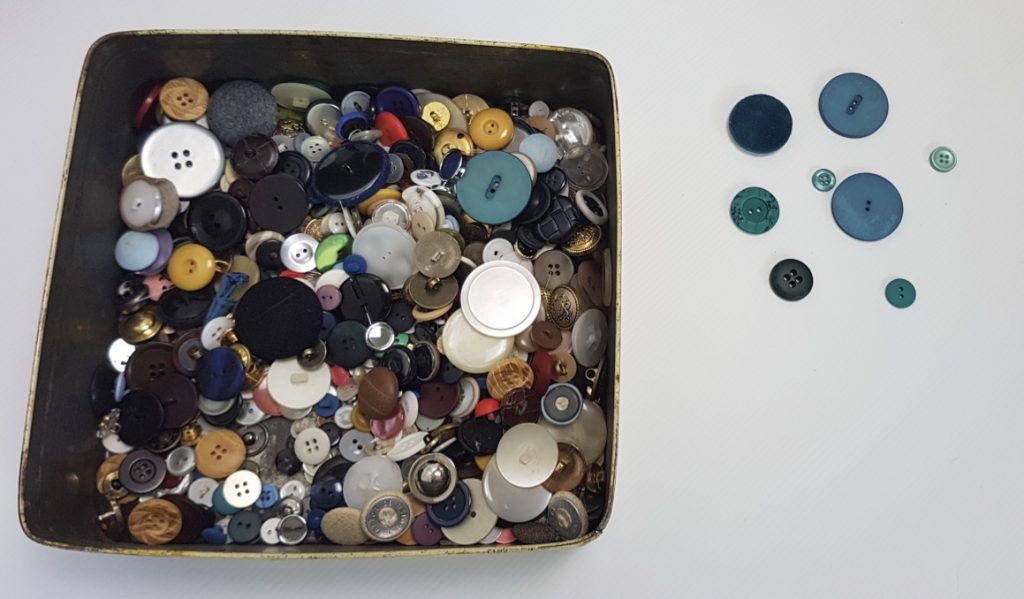
Shape Recognition skills
OK – so most buttons are round, but can your child find some other shapes? Rectangles, squares, hexagons – name the shapes as they find them.
Size Sequencing skills
Who can find the tiniest button and the largest in the tin? These are all pre-math skills and you can introduce the words: tiny, small, big, medium, smaller than, bigger than, biggest, large, huge. Maybe you can create a long line of buttons ranging from smallest to biggest?
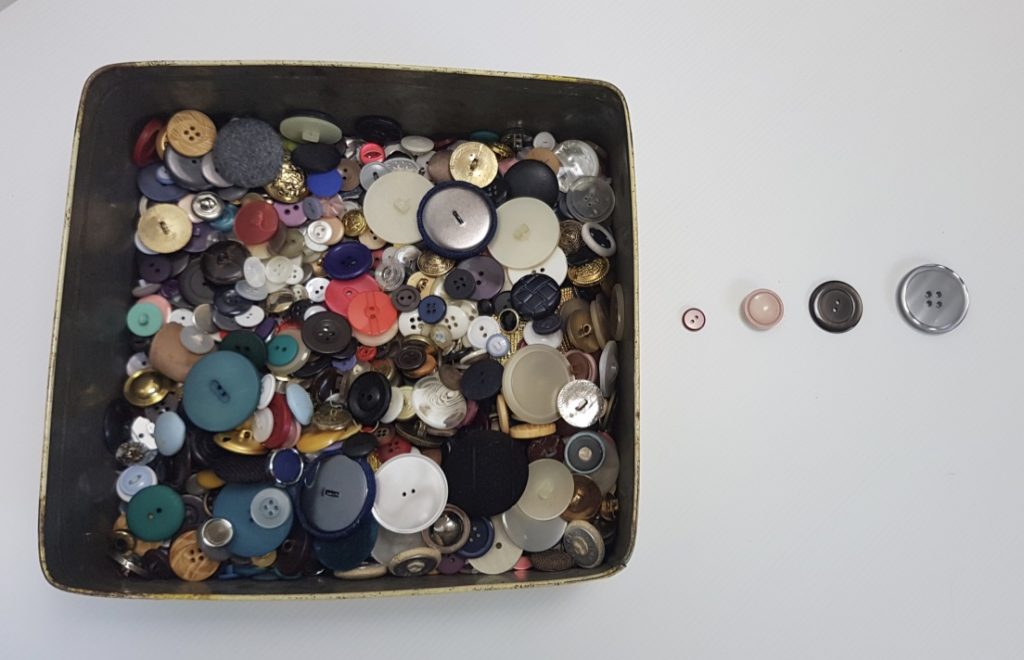
Counting Skills
Once you have sorted and categorised your buttons why not practice some counting skills. Pointing to and touching each button as it is counted helps with understanding 1:1 correspondence. If you have a big pile to count, why not group them in twos, fives or tens and show your child how quickly you can count by using multiples?
Sensory Development
Young children are still developing much of what they know about the world through their senses.
Ask your child to close their eyes and feel around in the button tin for a furry button, or one with ridges on it, or one with cotton still in the holes. Once again you can sort a pile of buttons according to their texture or feel.
Increasing the difficulty
If your child can effectively use their pincer grip to select even the smallest button from the tin you can increase the difficulty level in a few ways:
- Use the non-dominant hand and move the button tin to the other side of the body.
- Use tools such as tweezers or even chop sticks to select button.
- Using a stop watch to time the activity – how fast can you select all of the green buttons in the tin – record the time using the dominant and non-dominant hand.
Threading Skills
There are many threading activities available commercially or you can make your own. Depending on the age of the child, you can begin with shoelaces and picture cards which you could glue onto firmer board, punch holes around the image and then thread your lace around the picture. Progress to larger, blunter needles and actually sew some buttons onto a piece of cloth. Threading the needle takes good hand eye coordination and stability of the hand, so young children may need some assistance with that. Always supervise young children when they are using needles and teach them to replace them safely into either a needle holder or pin cushion – never leave them lying around.
What a great skill to have – so next time a button comes loose on a favourite shirt or jeans – your child will have the ability to sew it back on!
I do have a few of these Clothing Button Games for sale @ $15 each plus postage – so if you are interested just send me an email [email protected] and we can get it arranged.
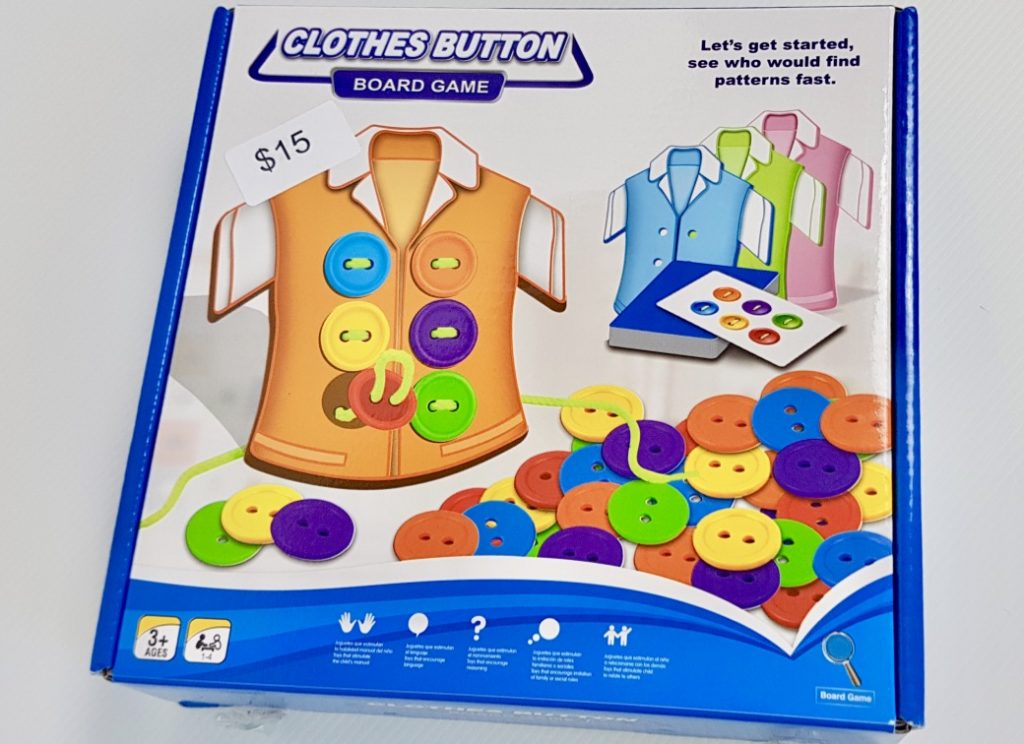
The object of the game is to choose a card from the deck and matching the colour sequence from the card, sew the matching coloured buttons onto the jacket in the correct sequence as quickly as possible.
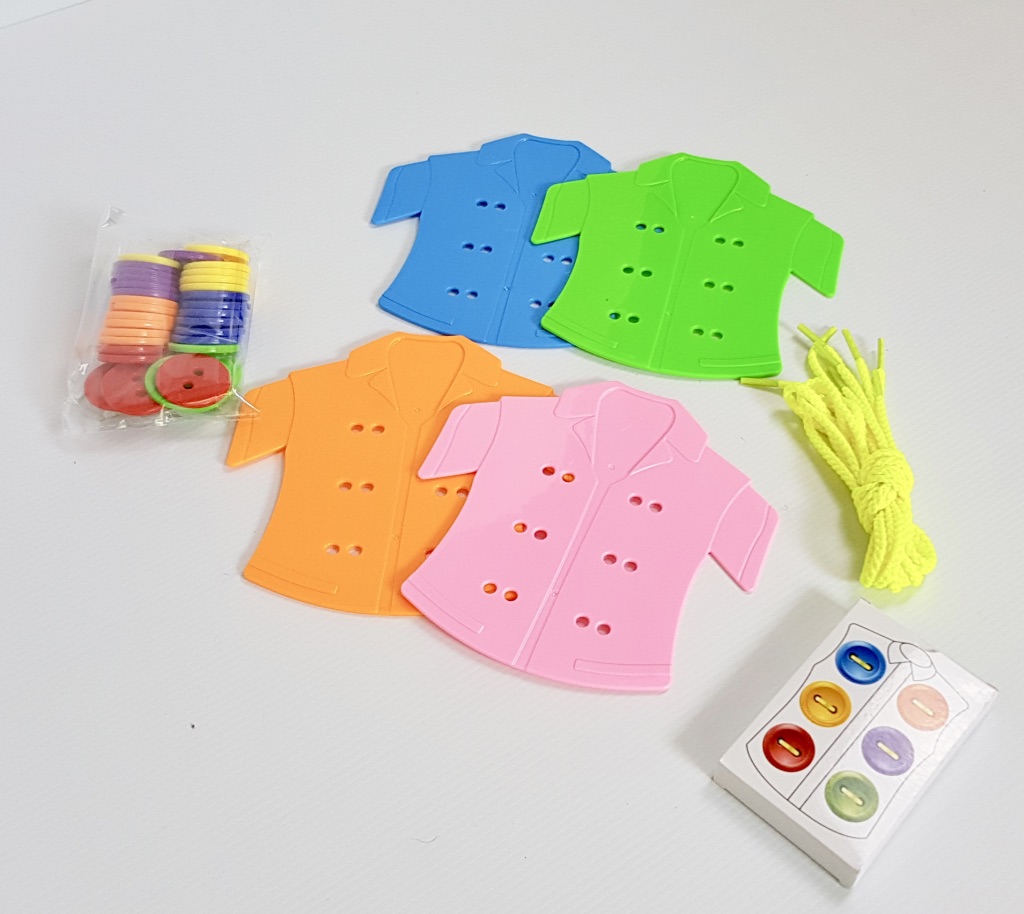
What to do if you don’t have a button tin?
Get creative – most people will have one of those kitchen drawers full of utensils – tip them all out and sort them by: colour, size, use – while you are at it you may as well give that drawer a thorough wipe down!
What about in the study – if your drawers are anything like mine you have a huge assortment of pens, pencils, highlighters, paper clips, stamps, flash drives, business cards, sticky notes – get your child classifying and sorting and voila you have helped your child with their fine motor skills and pre-math skills and now you have a tidy utensil drawer and study drawer.
WIN WIN.
Share your before and after pics in the comments
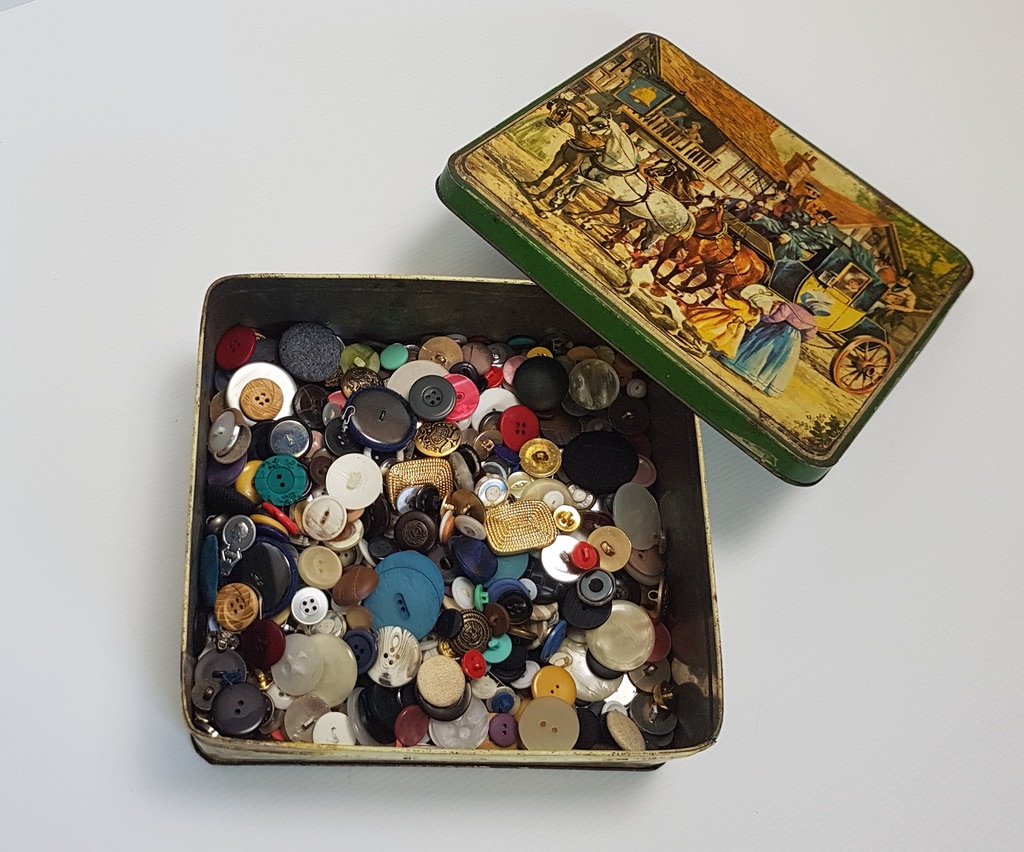
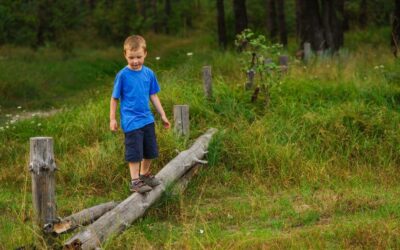




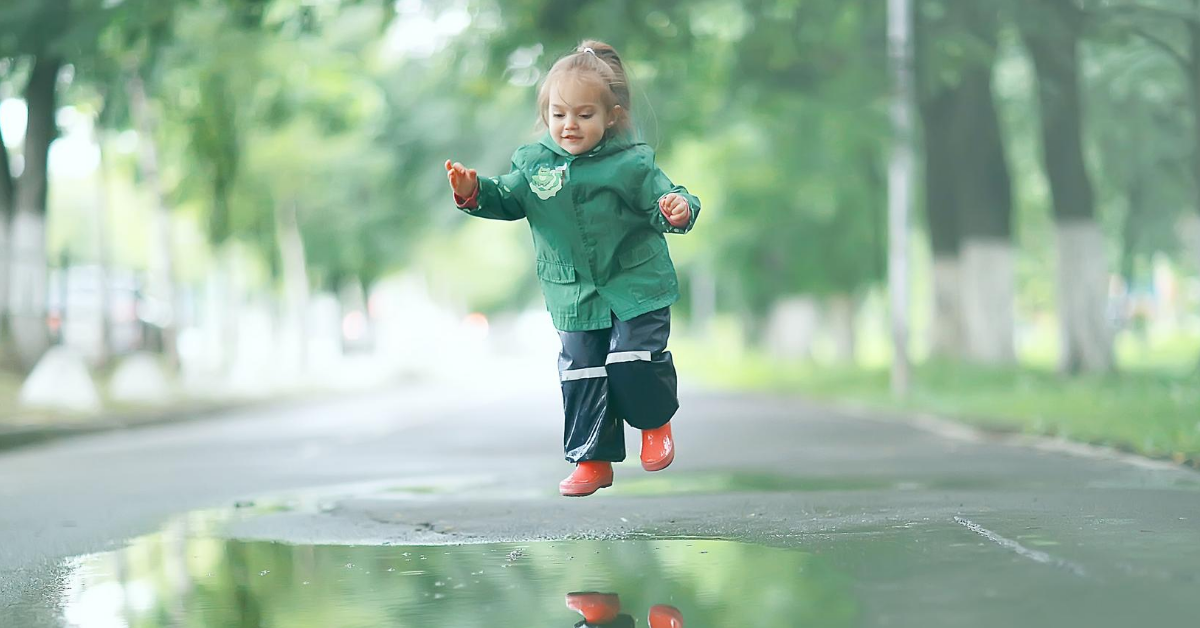
0 Comments